Choosing healthy meats for grilling and smoking is not only important for our own health but for animal welfare and the environment as well! In the world of beef, two primary options stand out: pasture-raised and grass-fed. In this Pasture-Raised Beef vs. Grass-Fed Beef guide, we'll discuss the differences between these two options to help you make the best choice for your next meal.
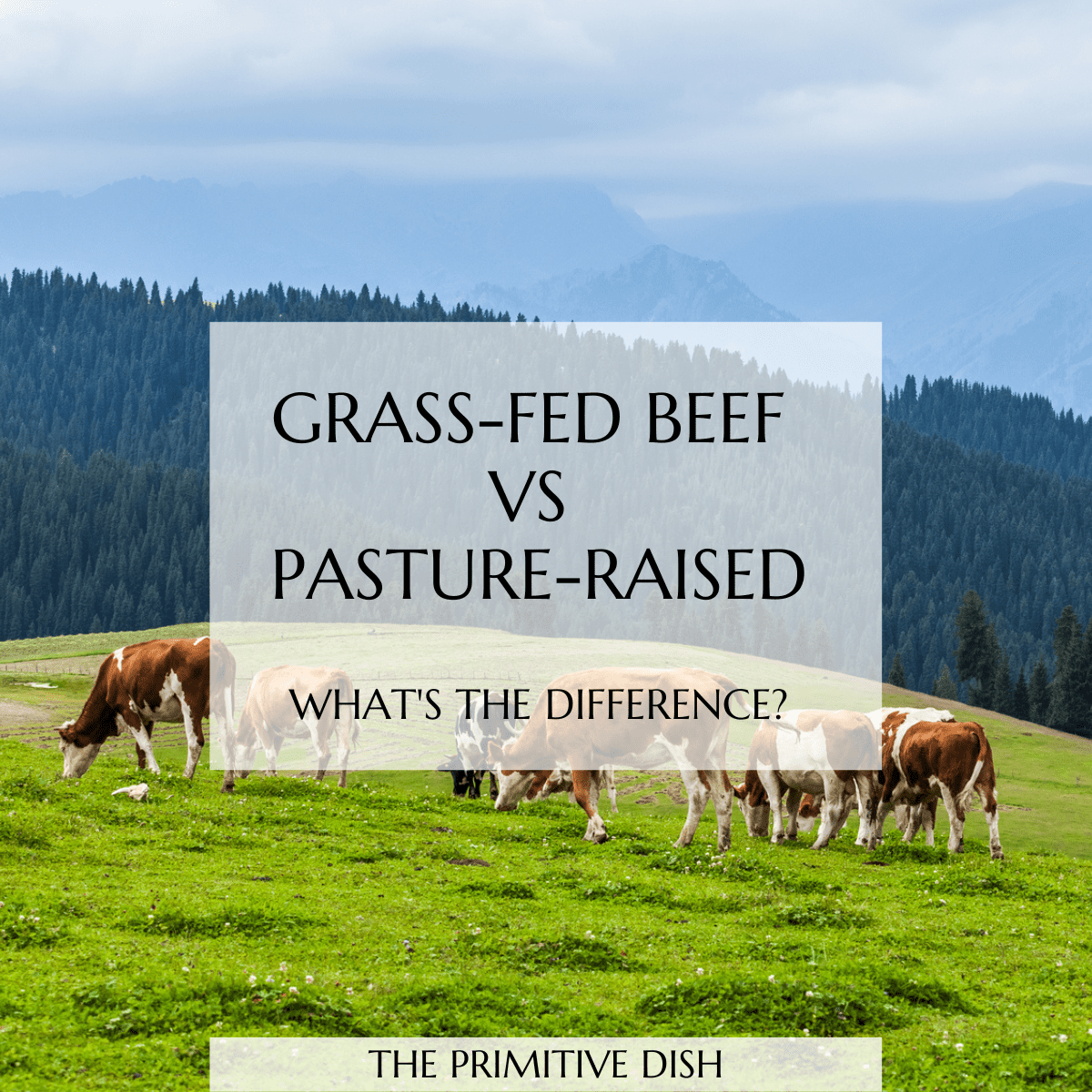
Jump to:
- What is Pasture-Raised Beef?
- Benefits of Pasture-Raised Beef
- Challenges and Concerns of Pasture-Rasied Beef
- What is Grass-Fed Beef?
- Benefits of Grass-Fed Beef
- Challenges and Concerns of Grass-Fed Meat
- Organic Beef Labels
- The Differences Between Pasture-Raised vs. Grass-Fed
- How to Choose Between Pasture-Raised and Grass-Fed Beef
- Tips for Grilling and Smoking Pasture-Raised and Grass-Fed Beef
- Conclusion
- Grilled + Smoked Recipes You'll Love
What is Pasture-Raised Beef?
Pasture-raised beef refers to cattle that have been raised on open pastures for their entire lives, as opposed to being confined to animal feeding operations (AFOs) or feedlots. Pasture-raised cows have a more natural diet, primarily consisting of fresh grass and other forage, with small amounts of supplemental grains, depending on the farm's practices.
Benefits of Pasture-Raised Beef
Animal Welfare and Natural Environment
Pasture-raised cows enjoy a better quality of life compared to conventional cows, as they are allowed to roam and graze in open pastures. This type of beef supports animal welfare, as it aligns with the cows' natural instincts and behaviors, reducing stress on their immune systems.
Nutrient Profile and Health Benefits
Pasture-raised beef has a superior nutrient profile compared to conventional, grain-fed beef. It contains higher levels of omega-3 fatty acids, conjugated linoleic acid (CLA), vitamin E, and vitamin B (Mayo Clinic). These nutrients contribute to a healthier immune system, reduced risk of cardiovascular disease, and improved overall health.
Environmental Sustainability
Regenerative agriculture practices, such as rotational grazing, used in pasture-raised beef production promote soil health and biodiversity. By avoiding chemical fertilizers and GMO corn used in conventional beef production, pasture-raised beef has a smaller environmental footprint.
Challenges and Concerns of Pasture-Rasied Beef
Availability and Cost
Pasture-raised beef is typically produced on small farms and may be harder to find in your local grocery store compared to conventional beef. The cost is also generally higher due to the slower growth rates of pasture-raised animals and the additional resources required to maintain the pasture.
Inconsistency in Labeling and Certification
Pasture-raised beef labels can be confusing, as there is no single, unified standard or certification. When shopping for pasture-raised meat, look for certifications from organizations such as the American Grassfed Association, which ensures strict adherence to specific animal welfare and environmental standards.
What is Grass-Fed Beef?
Grass-fed beef comes from cattle that have been primarily fed grass and forage throughout their lives. However, unlike pasture-raised beef, grass-fed cattle may be confined to feedlots and fed grain byproducts, especially during winter months when fresh grass is not available. It's essential to distinguish between grass-fed and grass-finished beef, with the latter referring to cattle that have been fed only grass for their entire lives.
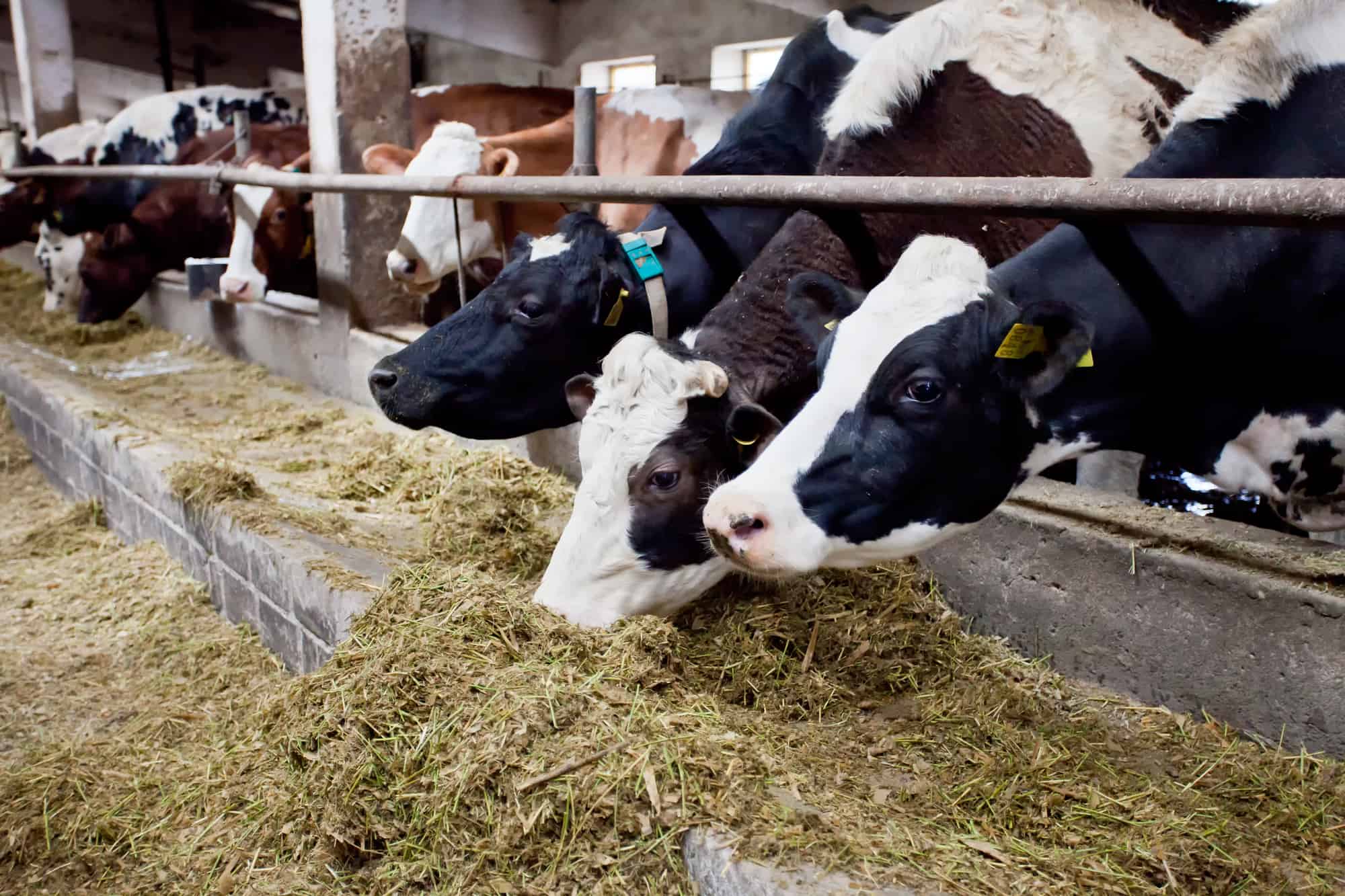
Benefits of Grass-Fed Beef
Nutrient Profile and Health Benefits
Grass-fed beef has a similar nutrient profile to pasture-raised beef, with higher levels of omega-3 fatty acids, CLA, and vitamins compared to grain-fed cows (Mayo Clinic). These health benefits make it a popular choice for paleo and primal diets.
Environmental Sustainability
Grass-fed beef production can be more sustainable than conventional beef production, especially when using true grass-fed systems like rotational grazing. It reduces the need for chemical fertilizers, GMO corn, and other environmentally damaging inputs. Not to mention the negative effects they have on our bodies.
Animal Welfare
Grass-fed cattle generally enjoy better living conditions than grain-fed cattle, as they have more opportunities to graze and access to a more natural diet. However, their welfare may not be as high as that of pasture-raised cows, especially if they are confined to feedlots during certain periods.
Challenges and Concerns of Grass-Fed Meat
Availability and Cost
Like pasture-raised beef, grass-fed beef may be harder to find and more expensive than conventional, grain-fed beef. Grass-fed products from countries like New Zealand, where grass-fed systems are more common, can be more readily available but may come with a higher price tag.
Variations in Grass-Fed Beef Standards
The grass-fed label can have different meanings depending on the producer and the country. In the United States, the USDA's definition of grass-fed beef allows for some grain consumption, while in other countries, grass-fed cattle may never be fed grain. This can create confusion for consumers trying to make informed choices.
Flavor Profile and Cooking Considerations
Grass-fed beef has a distinct flavor profile compared to grain-fed beef, which some people prefer, while others find it less appealing. The leaner nature of grass-fed beef also requires adjustments in cooking techniques and temperatures to avoid overcooking or drying out the meat. As always, I suggest using a meat thermometer to ensure your meat is perfectly done.
Organic Beef Labels
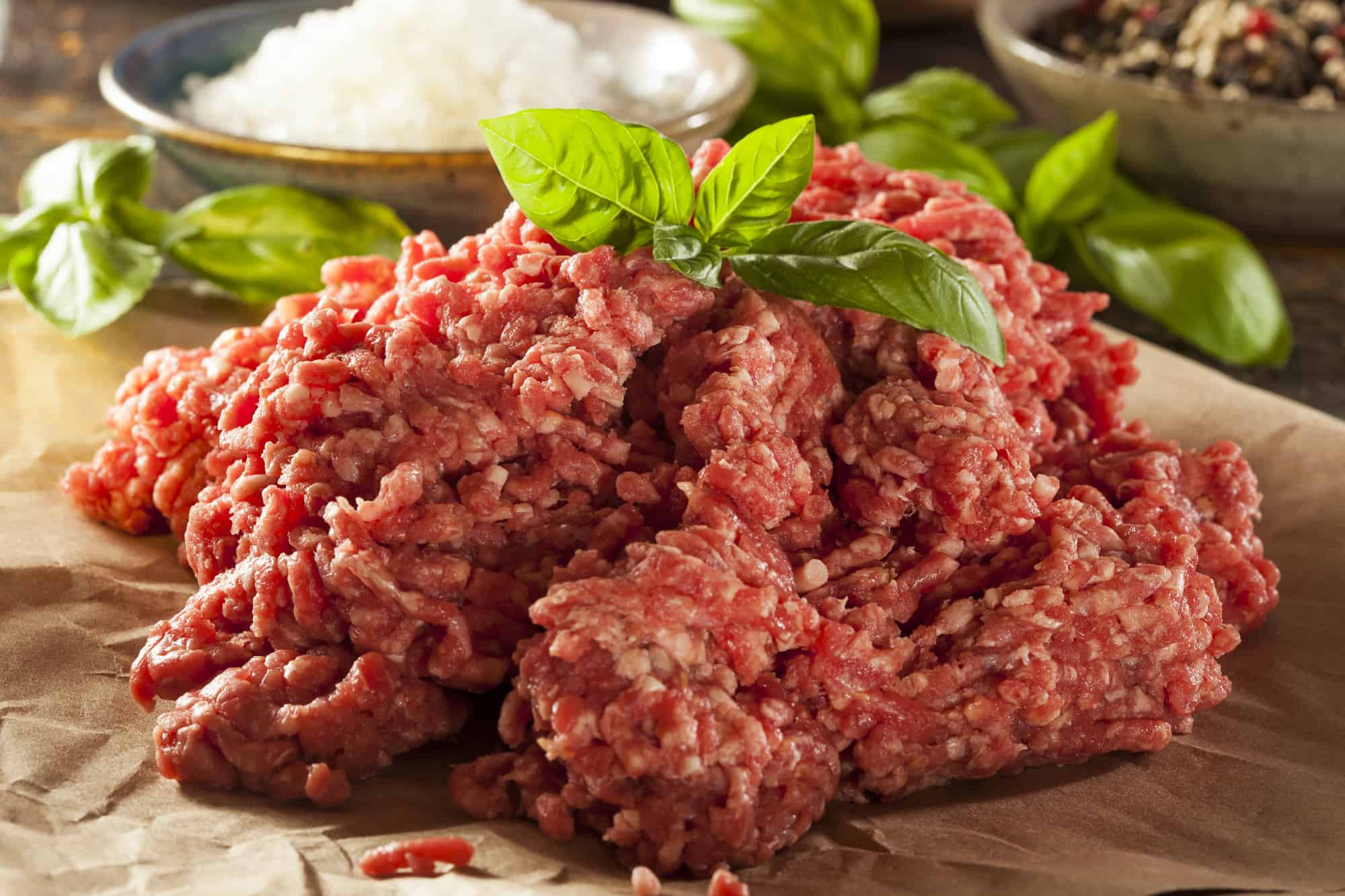
When shopping for beef, you may encounter beef with organic labels. Organic beef refers to meat from cattle raised according to specific organic standards set by regulatory bodies, such as the United States Department of Agriculture (USDA).
These standards require that the cattle are fed organic feed, which is free from synthetic pesticides, herbicides, and genetically modified organisms (GMOs). Additionally, organic cattle must have access to outdoor space, and the use of antibiotics and growth hormones is strictly prohibited.
While organic beef offers certain health and environmental benefits, it is important to note that organic labeling does not guarantee that the beef is grass-fed or pasture-raised. Organic cattle may still be fed grain or grain byproducts, as long as they meet the organic criteria.
Therefore, if you are looking specifically for grass-fed or pasture-raised beef, it is crucial to look for those specific labels in addition to the organic label. Keep in mind that grass-fed and pasture-raised cattle can also be organic if they meet the necessary requirements, but it is also not automatically the case.
The Differences Between Pasture-Raised vs. Grass-Fed
The big difference between these two types of beef involves the living conditions of the cows and whether or not grass-fed cows were grass-finished as well - as we discussed above. This ensures the cows were never fed an unnatural diet in the off grazing season.
Nutrient Profile
Both pasture-raised and grass-fed beef have superior nutrient profiles compared to conventional, grain-fed beef. They are richer in omega-3 and omega-6 fatty acids, CLA, vitamins, and minerals.
Environmental Impact
Pasture-raised and grass-fed beef have a smaller environmental footprint than grain-fed beef due to their reliance on natural resources, regenerative agriculture practices, and reduced need for chemical fertilizers and GMO corn.
Animal Welfare
Pasture-raised cows enjoy the highest level of animal welfare, as they have the most space, freedom to roam, and natural environment for their entire life. Grass-fed cattle also generally have better living conditions than grain-fed cattle, but their welfare may not be as high as that of pasture-raised cows, particularly if they are confined to feedlots during certain periods.
How to Choose Between Pasture-Raised and Grass-Fed Beef
Consider Personal Preferences and Values
Choose the type of beef that aligns with your values, taste preferences, and dietary goals. If animal welfare is a top priority, you may prefer pasture-raised beef. If you're focused on the nutritional value, both pasture-raised and grass-fed beef offer health benefits.
Assess Availability and Cost in Your Area
Depending on where you live, pasture-raised or grass-fed beef may be more readily available and affordable. Check local farmers' markets, grocery stores, or online retailers to find the best options for your budget.
Look for Reliable Certification and Labeling
When shopping for either type of beef, look for certifications from reputable organizations like the American Grassfed Association, which ensure strict adherence to specific animal welfare and environmental standards.
Experiment with Both Options
Though you may night notice a difference, try both pasture-raised and grass-fed beef to determine your preferred taste, texture, and cooking experience. Keep in mind that the flavor and texture of each type of beef may vary depending on the specific farm or producer.
Tips for Grilling and Smoking Pasture-Raised and Grass-Fed Beef
Proper Meat Handling and Storage
Handle and store your beef properly to maintain its quality and safety. Keep it refrigerated or frozen until ready to use, and always practice good hygiene when handling raw meat.
Adjusting Cooking Techniques and Temperatures
Grass-fed and pasture-raised beef are leaner than conventional beef, requiring lower cooking temperatures and shorter cooking times to avoid overcooking or drying out the meat. Use a meat thermometer to ensure the proper internal temperature is reached for your desired level of doneness.
Choosing the Right Cuts for Smoking and Grilling
Select cuts that are well-suited for grilling or smoking, such as ribeye, strip steak, and tenderloin for grilling, or brisket, short ribs, and chuck roast for smoking. Keep in mind that leaner cuts from grass-fed and pasture-raised cattle may benefit from marinating or using a rub to enhance the flavor and tenderness.
Here are a couple of our most popular smoked + grilled meat recipes:
Reverse Seared Smoked Tomahawk Steak
You might also find this article on New York Strip Steak vs Filet Mignon helpful!
Pairing with Complementary Flavors and Ingredients
Experiment with different seasonings, sauces, and side dishes that complement the unique flavors of pasture-raised and grass-fed beef. Fresh herbs, garlic, and spices work well with the natural taste of these meats, while grilled or smoked vegetables provide a healthy, flavorful accompaniment.
Try these side dishes with your next cut of grilled, grass-fed or pasture raised beef:
Traeger Smoked Baked Potatoes
Traeger Asparagus
Smoked Vegetables
Smoked Peaches
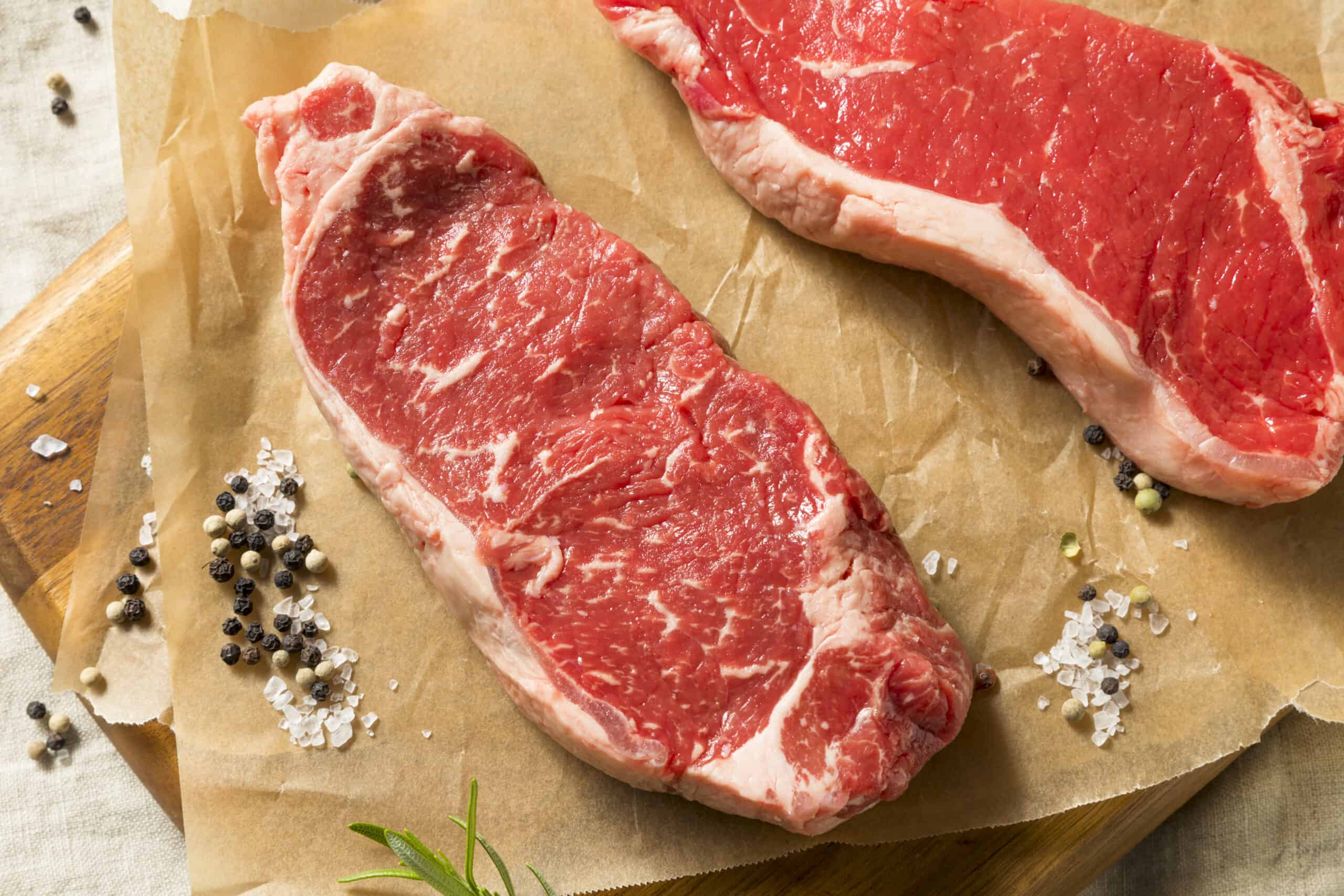
Conclusion
In conclusion, both pasture-raised and grass-fed beef offer significant health benefits, environmental sustainability, and improved animal welfare compared to conventional, grain-fed beef. By considering your personal preferences, values, and available resources, you can make an informed decision about which type of beef to include in your paleo and primal grilling and smoking adventures.
Don't be afraid to experiment with different cuts, cooking techniques, and flavor combinations to create delicious, healthy meals that celebrate the unique characteristics of these meats. And as always, I'd love for you to share your experiences and preferences in the comments section. Happy grilling!


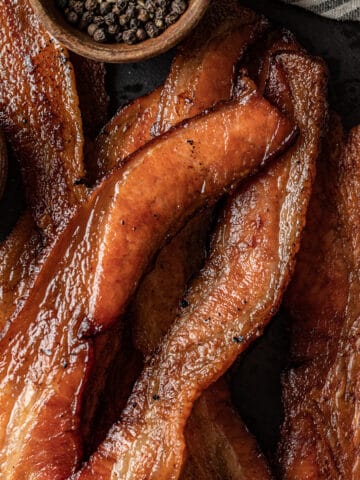
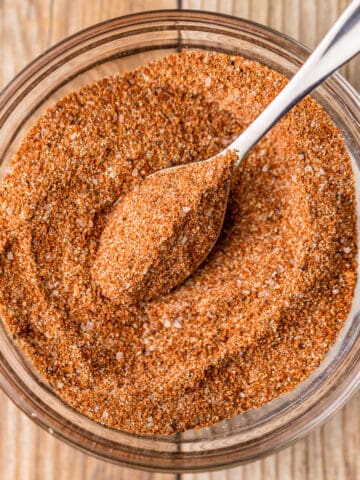
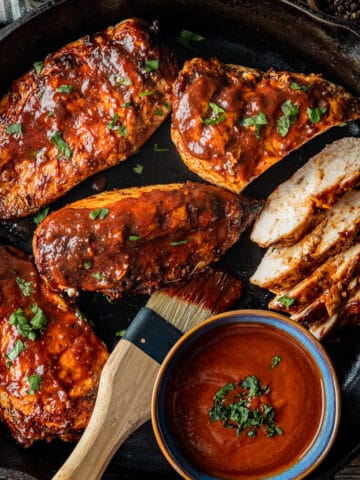

Leave a Reply